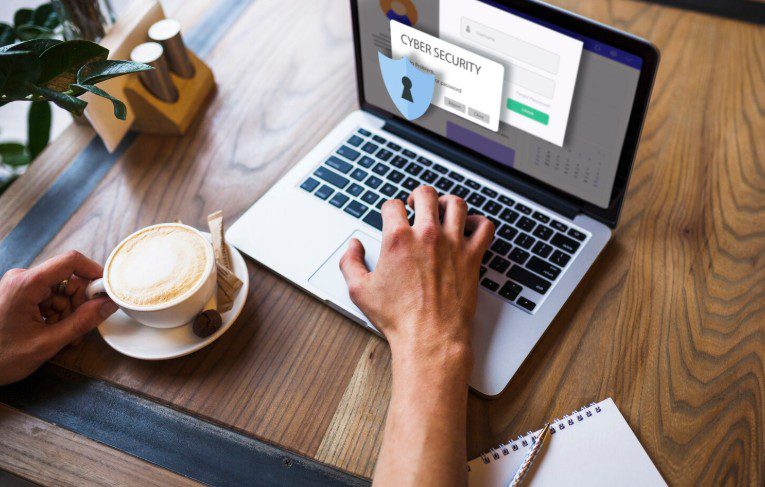How to Secure Your Mac for Remote Work
Working remotely is great. You get to skip the commute, wear your softest pajamas, and maybe even answer emails with a cat on your lap. But with that comfort comes one huge responsibility: keeping your data safe.



Your Mac might look sleek and secure, but without the right precautions, it’s just as vulnerable as any other device on an open network. Whether you’re a freelancer handling client projects or a full-time employee connecting to your company’s systems from home, you need digital security.
Here’s how to secure your Mac:
Use a Reliable VPN
A VPN (Virtual Private Network) is always your first line of defense. It encrypts your internet traffic, making it unreadable to anyone trying to snoop on your connection. And this encryption is especially important if you’re using public Wi-Fi at a café, coworking space, or a shared network.
So, if you want to protect your Mac with a VPN, you’re already thinking in the right direction. It even shields sensitive data like login credentials, emails, and work files from interception. Make sure you choose a reputable provider that doesn’t log your data.
Keep macOS Updated
Apple’s regular updates aren’t just for fancy features. They patch vulnerabilities that hackers can exploit. So, when you delay updates, you’re basically leaving your front door unlocked. To make sure you don’t forget, turn on automatic updates.
The System Settings on your Mac should have a Software Update option in the General section. Automatic updates can be turned on from there to ensure your Mac always gets the latest security patches as soon as they’re available.
Use Strong Passwords
If your password is still generic or simple, you need to change it yesterday. Strong, unique passwords are non-negotiable, especially for system login, iCloud, and work-related accounts. You can use a password manager to create and store secure passwords.
Combine that with Touch ID or Face ID for an added layer of convenience and security, so no one can get in without your fingerprint. If you’re sharing your workspace or living with others, you can also set your Mac to require a password immediately after sleep or screen saver activation.
Turn On FileVault Encryption
FileVault is Apple’s built-in encryption system, and it’s often underrated. It encrypts all the data on your Mac’s drive, meaning if your laptop gets stolen, no one can access your files without your password.
You can enable it under the Privacy & Security section of your System Settings. It might take some time to encrypt the entire disk initially, but after that, it runs in the background with minimal impact on performance.
Back Up Everything Regularly
Even with all these measures, data loss can still happen. Power surges, accidental deletions, or corrupted files are unpredictable. You can use Apple’s built-in backup tool, Time Machine, to create automatic backups of your system.
You can also keep an additional encrypted backup in the cloud using services like iDrive. So, if your Mac is ever lost, stolen, or compromised, you can restore your data quickly.
Related Apps
Latest News
- How to Secure Your Mac for Remote Work
- How to use Kefire to transfer Last Day on Earth data without Game Center?
- Common Issues Caused by Loose Screws for MacBook Pro and How to Fix Them
- How to Use Proxy for Third-Party Marketplaces
- How to Identify and Recover from Google Penalties: A Step-by-Step Guide
- How to Choose the Right IT Service Management (ITSM) Solution







